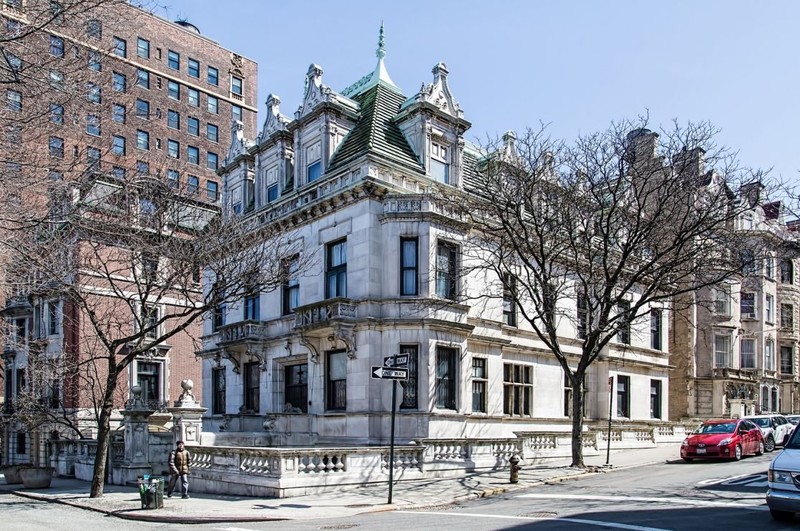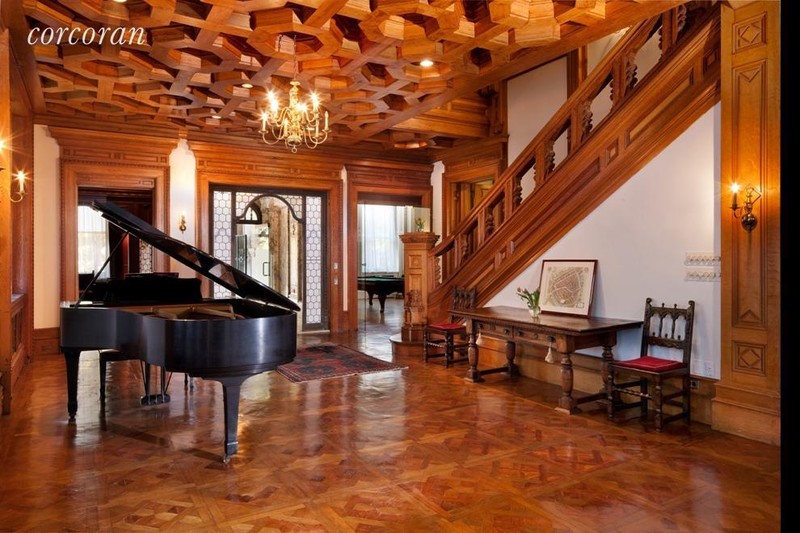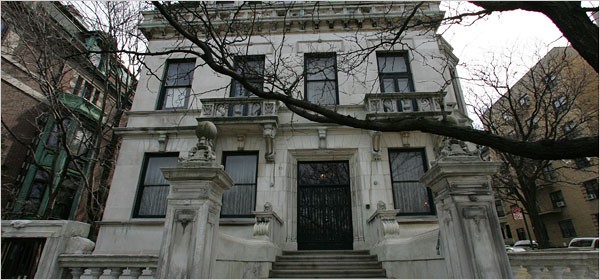Schinasi House
Introduction
Text-to-speech Audio
Images
The Schinasi mansion

The home's interior

Another view of the home's exterior

Backstory and Context
Text-to-speech Audio
Morris Schinasi came to the United States from Turkey in the 1890s with his brother, Solomon. The pair brought Turkish cigarettes with them and soon began to profit from selling the cigarettes, as Turkish tobacco was relatively unknown and the United States and was stronger than what most Americans were used to. The brothers would eventually make millions from the tobacco industry.
In 1907, Morris Schinasi commissioned architect William Tuthill to design his new home. Tuthill was acclaimed for his designs, the most well-known of which is Carnegie Hall. Schinasi chose to build his home on Riverside Drive, which was then only sparsely populated with homes. In the late 1800s, developers believed that Riverside Drive would soon draw the city’s wealthiest residents, who were tired of the congestion of Fifth Avenue. By the time Schinasi built his home, however, Fifth Avenue was still the preferred address of well-heeled Manhattanites.
The house Tuthill designed for Schinasi was nearly an exact copy of a smaller home he had designed a few years earlier. It was built in the French Renaissance style with a façade of Vermont white marble. The home was so carefully built that the blocks of marble were placed according to their veining.
The interior of the home was as remarkable as its exterior. Its library was lined with East Indian teak panels which were imported by the Tiffany decorating firm. Marble, mosaics, and mahogany are used throughout the home. In anticipation of the migration of wealthy residents to the area, it was built as a free-standing home, and remains one of the few detached private residences in the city.
Following Schinasi's death in 1930,the house was purchased by the Semple School, a finishing school for young women. After the Semple School, the mansion changed owners several times. Eventually, Hans Smit, a law professor at Columbia University, purchased the mansion and spent more than twenty years renovating it, though he never lived there. After completing the renovation, Smit tried for a number of years to sell the home. It was purchased in 2011 by Mark Schwartz, a vice chairman at Goldman Sachs.
The Schinasi Mansion is a New York City Landmark and is listed on the National Register of Historic Places.
Sources
Schinasi Mansion. Newyorkitecture. February 11, 2015. Accessed June 27, 2019. https://www.newyorkitecture.com/tag/351-riverside-drive/.
Koppel, Lily. An Opulent Home, a Rich Past. New York Times. April 03, 2007. Accessed June 27, 2019. https://www.nytimes.com/2007/04/03/nyregion/03mansion.html.
